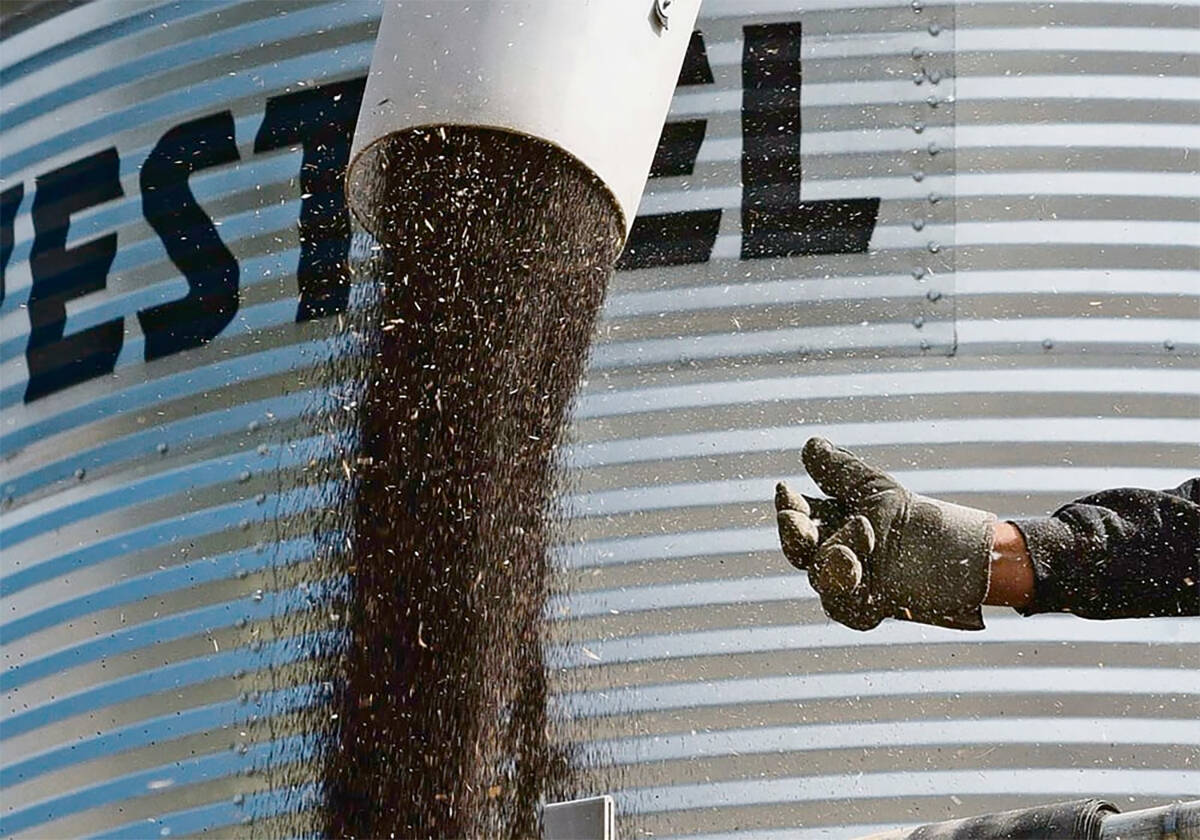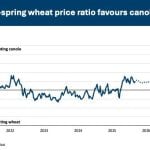Expanding canola crushing assets considered
Glencore executive Chris Mahoney says the company has plans for Canada beyond its acquisition of Viterra.
In an interview in Regina last week, the company’s director of agriculture products said Glencore’s first priority is to gain approval of the $6.1 billion Viterra bid, probably by late July or early August.
Viterra shareholders vote May 29 on whether to accept the deal. The largest shareholder, Alberta Investment Management Corp. with 16.5 percent of the shares, has already said it approves of the deal.
Mahoney said the applications to Investment Canada and competition bureaus around the world have been filed and the company has been talking to the federal and Saskatchewan and Manitoba governments.
Read Also

Farmers urged to be grain-safe this fall
Working around grain bins comes with risk, from farmers falling to drowning in grain: Experts have five tips to help avoid grain-related accidents this harvest.
He said the company wants everything finalized in time for harvest.
However, Glencore is also looking at the future demands on agriculture in Western Canada. Mahoney said the current infrastructure is relatively modern and efficient, but there isn’t much spare capacity.
“That doesn’t necessarily mean that we have to start building within a year but certainly within three or four years we’ll have to be doing that.”
Demand growth is 3.5 to 3.75 percent per year, he said, mainly from Asia for oilseeds and oilseed products. That growth compounded will result in the need for 25 percent more food in six or seven years rather than 30 or 40, he said.
Countries that are able to produce more oilseeds, such as the United States and those in South America, will do so at the expense of grain plantings.
“Therefore, the slack in the grain market will have to be taken up by countries like Canada, and so we fully expect that Canada will have to produce more and export more, and although there may be sufficient infrastructure today there won’t be in three or four years time. We will definitely participate in the building of that infrastructure because if we don’t do that we will lose market share.”
Successful completion of the Viterra deal will see Glencore subsequently sell 19 grain elevators and other assets to Richardson International, as well as 232 agri-retail locations to Agrium.
Mahoney has estimated Glencore’s market share won’t be more than 35 percent, compared to Viterra’s 45 percent.
Once the Viterra acquisition closes, Mahoney said Glencore will look at expanding its canola crushing assets, including installing a hexane extractor at its facility in Ste. Agathe, Man. Under the terms of the deal, Glencore will retain Viterra’s canola plant in China.
The company will use its North American head office in Regina — the same building that housed forerunners Saskatchewan Wheat Pool and Viterra — as an access point to the United States.
Mahoney described the United States as a missing piece in the Glencore portfolio and said efforts there could focus on a large acquisition or a couple of smaller ones.
“If it was smaller acquisitions, you might have to brownfield or greenfield and build onto those, so certainly that’s something we’ll look at (by the) back end of this year, next year,” he said.
Regina will also serve as the base for getting into Mexico, although Mahoney said efforts there will be of a marketing nature.
Mahoney met with several farm organizations while in Regina last week. He said none of them mentioned the recent negative media reports of Glencore mining companies’ questionable labour and environmental practices.
Mahoney said the reports were inaccurate, but also noted he does not work in that part of the business.















